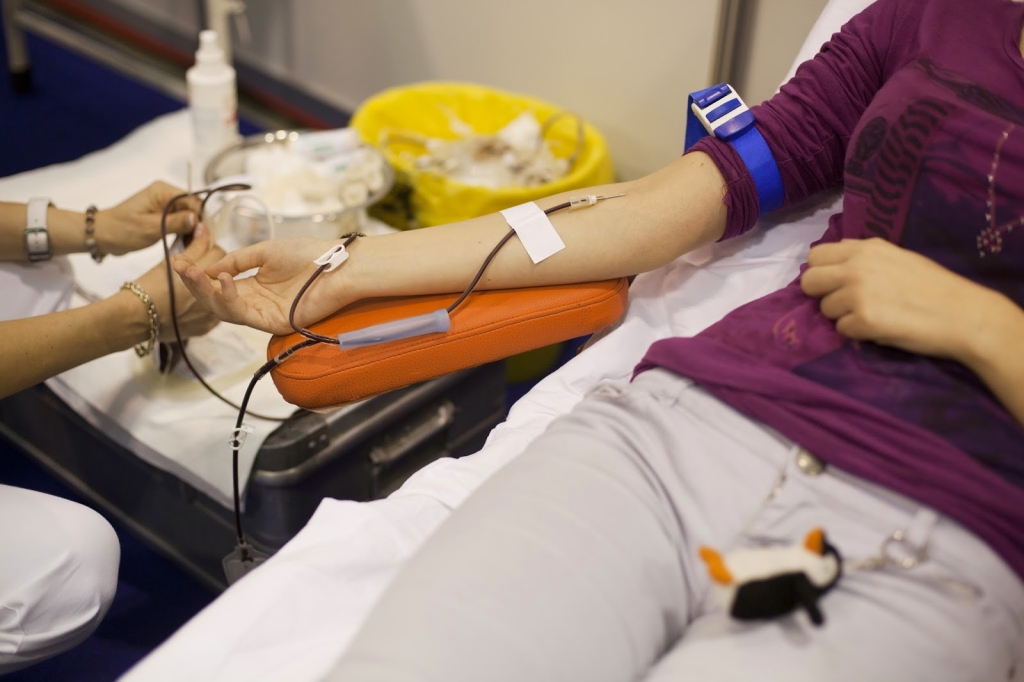How to Verify Phlebotomy Certification: A Complete Guide to Ensuring Credential Validity
In the healthcare industry,ensuring that professionals like phlebotomists hold valid and legitimate certifications is crucial for maintaining safety,compliance,and quality patient care. Whether your an employer, a healthcare administrator, or a patient seeking reassurance, knowing how to verify a phlebotomy certification is an essential skill. This thorough guide will walk you through the process, highlight the benefits of credential verification, and provide practical tips to streamline your efforts.
Why Is Verifying Phlebotomy Certification Crucial?
Certifications serve as proof of a phlebotomist’s training, skills, and competence. Verifying these credentials is necessary for several reasons:
- Ensures patient safety: Properly certified phlebotomists follow standardized procedures, reducing risks of errors and infections.
- Compliance with legal requirements: Healthcare facilities must adhere to state and federal regulations, which often require valid certification for employment.
- Maintains professional standards: Credential verification helps uphold the integrity of healthcare services and supports trustworthy practice.
- Prevents fraud: Confirming certifications prevents hiring unqualified personnel, which can have legal and liability repercussions.
Understanding Phlebotomy Certification
Phlebotomy certification is awarded by recognized credentialing organizations after applicants demonstrate their knowledge and clinical skills in blood collection procedures. Common certifying agencies include:
- National Phlebotomy Association (NPA)
- National Healthcareer Association (NHA)
- American Certification Agency (ACA)
- American Society for Clinical Pathology (ASCP)
Each certifying body maintains its own registry of certified professionals, which makes verification possible through official channels.
Step-by-Step Guide to Verifying Phlebotomy Certification
1. Gather the Candidate’s Details
start with collecting essential facts:
- Full name as it appears on the certification
- Date of birth (if applicable)
- Certificate/credential number
- Name of the certifying association
2. Visit the Official Certification Registry
Most recognized certification bodies offer online verification tools on their official websites.Here’s what to do:
- Navigate to the official website of the certifying agency.
- Locate the “Certification Verification” or “Credential Search” section.
- Input the required details, such as name and certificate number.
- Submit the search and review the results,which usually display the current status and validity of the certification.
3. Verify certification Details
Check for:
- Certificate validity status (active, expired, revoked)
- Date of issue and expiration
- professional’s full name and credentials
If the information matches your records and the status is active, you can confidently proceed with employment or verification purposes.
4. Contact the Certifying Organization (If Needed)
If online verification is inconclusive or you suspect fraudulent documentation, directly reaching out via email or phone can provide additional confirmation. Keep in mind:
- Have the candidate’s details ready for swift reference.
- Provide clear contact information and specify your verification request.
5. Document Your Verification process
Always keep records of verification efforts, including screenshots or confirmation emails, for compliance and future reference.
Additional Methods for Credential Verification
Employ Professional Licensing Boards
Some states or regions host licensing boards or registries that oversee healthcare certifications, including phlebotomy licenses. Checking with these agencies offers an additional layer of validation.
Use Credentialing Services
Third-party verification services specialize in credential checks, often providing automated, secure, and comprehensive reports. These are particularly useful for large healthcare organizations.
Benefits of Proper Certification Verification
| Benefit | Description |
|---|---|
| Enhanced Patient Safety | Assures that only qualified professionals draw blood, reducing errors and infection risks. |
| Legal Compliance | Helps organizations meet state and federal regulations for healthcare staffing. |
| Reputation Management | Demonstrates commitment to quality care and professional standards. |
| Liability Reduction | Minimizes legal risks associated with unqualified personnel. |
Practical Tips for Effective verification
- Verify regularly: Conduct checks for new hires, renewals, and ongoing employment.
- Use official sources: Always rely on the certifying organization’s website or direct contact, avoiding third-party sites for official verification.
- Keep records: Document all verification steps, dates, and results for compliance and audits.
- Stay updated: Be aware of changing regulations and certifying body policies.
Case studies: Real-World credential Verification in Action
Case Study 1: Employer Ensures Compliance Before Hiring
A medium-sized hospital implements a mandatory verification process for all incoming staff. During a routine check,the HR team discovered an applicant’s certification was expired. The candidate was asked to renew and provide proof of active certification, ensuring they were qualified before employment.
Case Study 2: Preventing Credential Fraud
An outpatient clinic experienced a suspicious certification report. Verifying directly with the certifying agency revealed the certificate was falsified. This prevented potential liability and upheld the clinic’s reputation for high standards.
Personal Experience: The Importance of Hands-On Verification
Having personally verified certifications during my time in healthcare management, I learned that mistakes can happen. Online verification is quick but double-checking with direct dialogue is invaluable,especially for high-stakes environments.Always approach credential verification as a critical quality assurance step.
Conclusion
Verifying phlebotomy certification is an essential part of maintaining healthcare quality, compliance, and safety. By understanding the process-gathering necessary details, using official verification tools, and maintaining thorough records-you can confidently ensure that a healthcare professional’s credentials are legitimate and up-to-date. This diligent approach not only protects patients but also reinforces professional standards within your organization.
Remember, credential verification isn’t a one-time task but an ongoing process that supports operational integrity and trust in healthcare services.Stay proactive, utilize official resources, and keep credentialing practices at the forefront of your hiring and compliance strategies.
